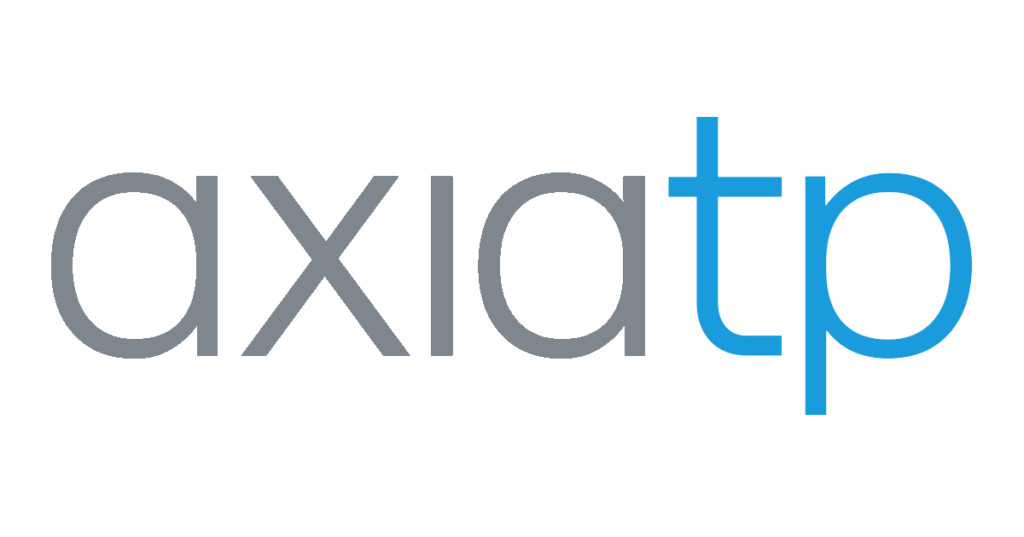Deciding to invest in software for your organization can boost productivity, streamline processes, and ultimately increase profits. However, not being properly prepared for the changes can have dire consequences.
An unsuccessful software procurement can lead to decreased process efficiency, costing employee time and a redirection of resource talent. With that, it’s possible for employees to lose confidence in the organization and lower morale. And if the software’s users are customers, they may lose trust in the business.
In order to best meet business users’ needs and drive higher adoption rates, there are a few things that you need to do to ensure that you have the best possible transition to new software.
A Thorough Review of Internal Processes
One of the main points of failure between software procurement and the end users can come from ill-defined processes. Although every organization relies on various processes, they’re not always properly documented or well thought out.
Accurate business process mapping will ensure the software matches the processes and will give a clear idea of the functionality that the software will need to perform. If this step isn’t done during the procurement process, the software will not be as effective as it should be.
Buy-In from C-Suite and End Users
From the beginning of the procurement process, it is important that there’s buy-in from C-Suite on down. If the software is custom, the organization needs to be actively involved in the wireframe and design process to ensure they approve the look and functionality of the application. This means that User Acceptance Testing must be completed with quality assurance or quality control.
Clear Communication About the New Software
The organization needs to be fully aware of the changes the software will have on the business. Front-line employees who will be using the software may grow resentful if they were not aware of the decision or involved in the process. Even positive changes will affect employees’ daily affairs.
Implementation and Training Plan
When new software is implemented, training is commonly overlooked. There needs to be an internal plan in place for implementation and training, both tactical software training for employees, and strategic training to demonstrate how the work will affect the overall flow of processes and the organization.
Continued Support and Enhancement
Once the software is procured, the transition is not complete. The software will require ongoing support and maintenance to ensure a smooth transition and long-term success, and the costs of this should be considered at the onset.
It’s rare that an application or process needs no support once it becomes essential to the business, so as business and customer needs evolve, it’s important to have a plan for software support and enhancements to meet those needs.
Whether pre-packaged or custom, many organizations think that they can click and buy software and then they are done with the process. But software procurement, especially custom, requires careful consideration of time, budget, and the effect on the end users to be successful. Let our custom software team help you build better software so you can focus on what’s important.



